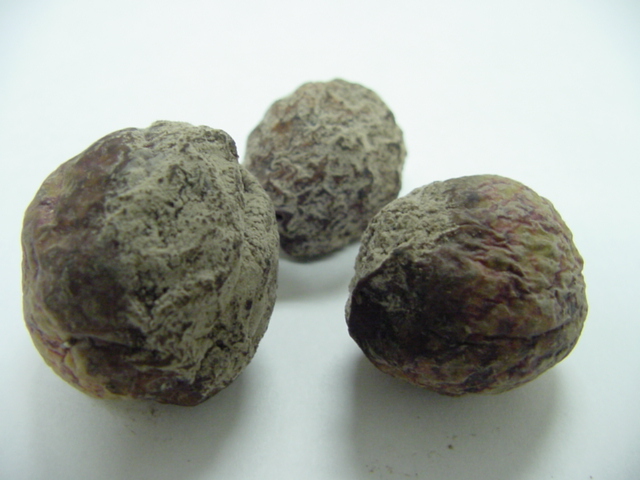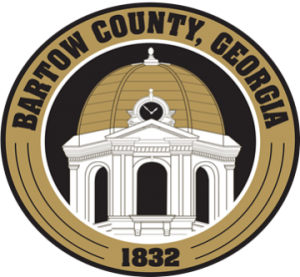Brown rot is one of the most common and damaging fungal diseases of peaches in Georgia. In most years, all of the ripening fruit can be lost to this disease on unsprayed trees. The severity of the disease can vary from year to year depending on the amount of moisture and humidity. Brown rot attacks flowers, stems, and fruit. When the disease affects flowers, it causes blossom browning and wilting. However, less than one percent of blooms are generally affected by brown rot, which makes this stage an early warning to begin your disease control strategies for the year.

Stem infections from brown rot result in small, brown, elongated lesions (one- to three-inches long) known as cankers. These stem cankers can produce disease spores for brown rot to spread. Cankers can girdle small stems, causing the stem to wither and die while the leaves remain attached. Gum residue or sap may be present on stems with canker symptoms. Pruning out infected stem cankers before bud break in spring is an important step in disease prevention.
Brown rot affects immature green fruit as well as mature fruit during development. A tan to brown spot appears on the surface of diseased fruit that quickly enlarges under optimal conditions. In humid weather, brownish tufts of spores appear on the rotted surface. Infected fruit fall off and rot completely on the ground or dry to become a mummy on the tree. These dry fruit mummies carry the disease over the winter if left on the tree.
Sanitation is a valuable part of brown rot control in the home orchard. Collecting diseased fruit when it appears and removing infected twigs and mummies from trees reduces brown rot inoculum. If fruit ripening occurs during a period of warm, wet weather, a rigid spray program is required for brown rot prevention. It is important to spray throughout fruit set and development. Delaying a spray program until infected fruit appear limits the effectiveness of fungicides. Fungicides don’t actually cure infections; they can only prevent new infections from occurring.
Hand thinning the fruit early in the season not only increases fruit size, but also helps reduce the spread of diseases between clustered fruit and allows you to selectively remove fruits that show any symptoms of disease. Generally, remove fruit to a spacing of six inches along shoots on the outer portion of the canopy and eight inches along shoots in the shaded interior portion of the canopy. Every week after bloom that a tree carries too many fruit costs up to six percent in fruit size at harvest.
Home gardeners have access to only a few fungicides options for brown rot disease prevention. These products can be found as most garden centers and local farm supply stores. Fungicide options include Captan 50WP, Immunox (myclobutanil) and Sulfur based fungicides labeled for peaches. It’s a good idea to alternate between these fungicides during the season to avoid disease resistance. Although convenient, combined home orchard sprays that contain insecticides should be avoided during the bloom phase to minimize effects on pollinating insects.
The most critical times for control of brown rot are during bloom and prior to harvest. Fungicide sprays should be applied every 7-10 days starting when flower petals begin to fall in early spring. Immunox should be reserved for use when it is most needed during the fruit ripening phase. Sulfur can be used every 14-21 days as a summer cover spray if disease pressure is low in a dry summer. Although sulfur is a natural “organic” fungicide, it can burn foliage if temperatures are above 90F degrees while spraying. Be sure to read and follow all labeled application rates and safety precautions when using recommended fungicides. For more information, see our free publication on Home Garden Peaches and Nectarines online.
Paul Pugliese is the Extension Coordinator and Agriculture & Natural Resources Agent for Bartow County Cooperative Extension, a partnership of The University of Georgia, The U.S. Department of Agriculture, and Bartow County. (770) 387-5142. For more information and free farm, lawn, or garden publications, visit our local website at www.caes.uga.edu/extension/bartow .
